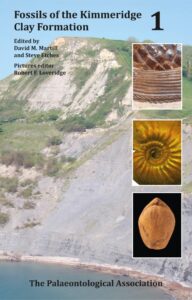In recent years, there has been a lot written on the fossils of the UK Chalk. However, this guide was the first and is still probably the best for identifying and learning about the fossils that can be found in the chalk cliffs and pits of the UK.
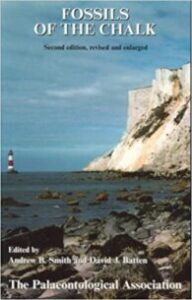

In recent years, there has been a lot written on the fossils of the UK Chalk. However, this guide was the first and is still probably the best for identifying and learning about the fossils that can be found in the chalk cliffs and pits of the UK.

The British upper Ordovician has a spectacular variety of invertebrate fossils. The marine communities in which they lived developed on a number of microcontintents and terranes, associated with tectonically active areas of the Earth’s crust.

Fossils of the Rhaetian Penarth Group was the ninth published by PalAss and covers the eponymous Rhaetian Penarth Group, which includes the former Westbury Beds, Cotham Beds and White Lias.

I love both the Yorkshire coast and its Jurassic fossil flora. I have used this guide many times, while ambling around looking for fossil plants.

Once upon a time, I would have said that the only reason to buy this sort of guide is to look at the (black and white) photos of dinosaurs and their bones, and learn about the terrestrial life of what is now the Isle of Wight. However, this is obviously wrong. Of course it is possible for amateurs, as well as professionals, to find dinosaur bones on the beaches of the island.
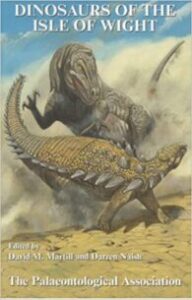
When the long awaited PalAss guide to Wealden fossil flora and fauna finally arrived, it was apparent that it was a magnificent tome. It is, by far, the most ambitious and complete of their guides, covering various vertebrate groups, together with invertebrates, plants and stratigraphical descriptions of what can be found on the coast and in the quarries of southern England and the Isle of Wight.
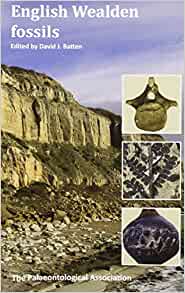
The first ever fossils I collected were from the spoils tips of the two coal mines in Aberdare, South Wales. Alas, these and most other such spoil tips have been landscaped and covered over. Clearly this was both inevitable and desirable after the closure the UK coal industry, but it is a shame for those of us who love Carboniferous Coal Measures plant fossils.
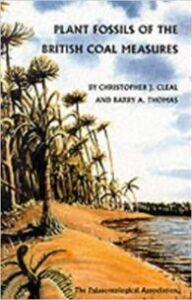
There is very little on the fossils of the UK Permian, so this guide was a welcome addition, when it was published in 1988. This was the third of 1988, Palass’s guides to (usually) UK fossils, which the professional and amateur can use to identify and learn about the fossils they have found or want to find.
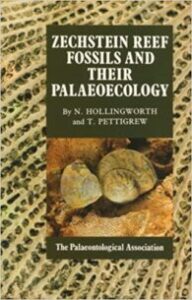
Fossils of the Oxford Clay was the fourth published guide by PalAss and covers the eponymous Jurassic Oxford Clay, which has been the major source of brick clay in the UK, notwithstanding the closures of clay pits in the Peterborough area over the years since this was published.
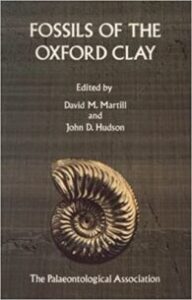
I have a soft spot for PalAss guides and have reviewed several in the past. As a collector myself, the amount of information about the relevant fossils is second to none, with black and white photos and descriptions of virtually everything the amateur or professional palaeontologist might need.

Most PalAss guides, making up its wonderful library of guides to fossils, are about UK fossils. This is the only one that concentrates solely on non-UK geological formations. It is about two formations found in northeast Brazil and so is a complete departure from the usual format.
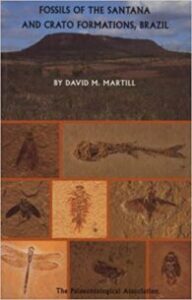
Like others in the series, Fossils of the Gault Clay has the usual excellent black and white photographs of beautifully prepared specimens. Each chapter is authored by a specialist in the relevant subject, containing an introduction, followed by detailed systematic descriptions of each specimen.
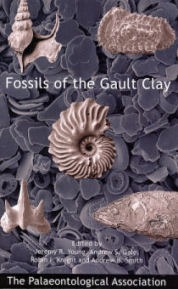
The Pentland Hills in Scotland yield a large number of Silurian marine fossils. Although theys are only found within a small area of the Pentland Hills, the formations are extremely rich in fossils.
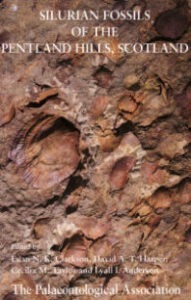
Increasingly nowadays, the London Clay Formation is becoming a favourite hunting ground for fossils and several good books have been written about it. This guide, written by eminent plant palaeobotanist, Margaret Collinson was the first published by PalAss in its library of guides to (usually) UK fossils for professionals and amateurs.
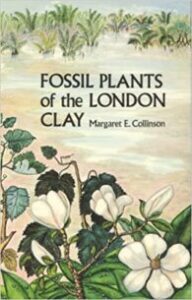
This is an interesting little booklet and very much a new departure for the Palaeontological Association. Rather than covering specific fossils, it contains colourful, detailed, artistic illustrations, accompanied by concise explanatory text by palaeoartist, James McKay.
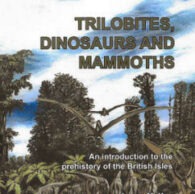
I always wait expectantly for the publication of a new Palaeontological Association guide to fossils and, when they turn up, I am never disappointed. This is undoubtedly another triumph. This guide attempts to bring the diversity of its flora and fauna together in a single work, for the first time.
